Gallery
Photos from events, contest for the best costume, videos from master classes.
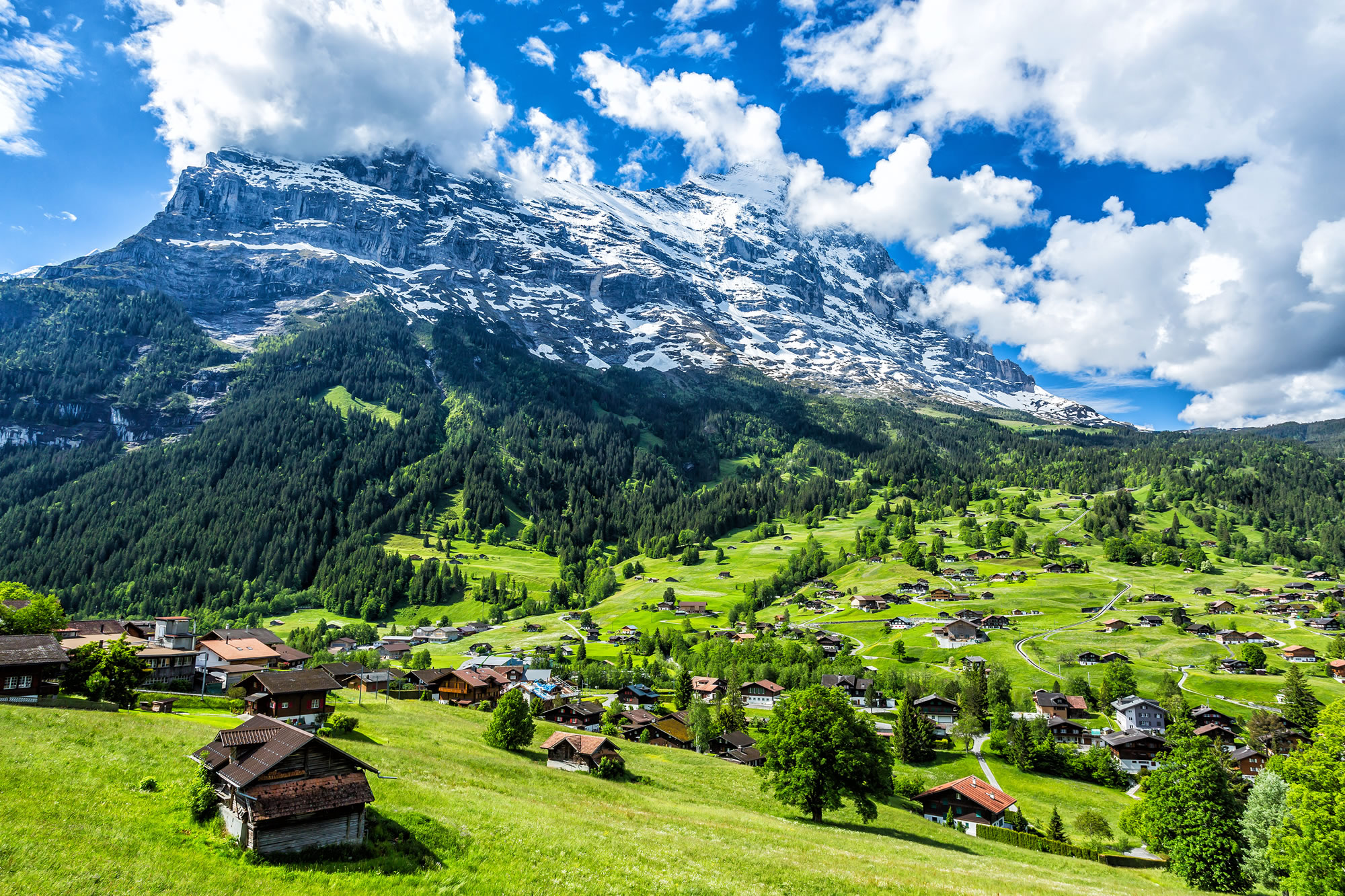 |  |
 | 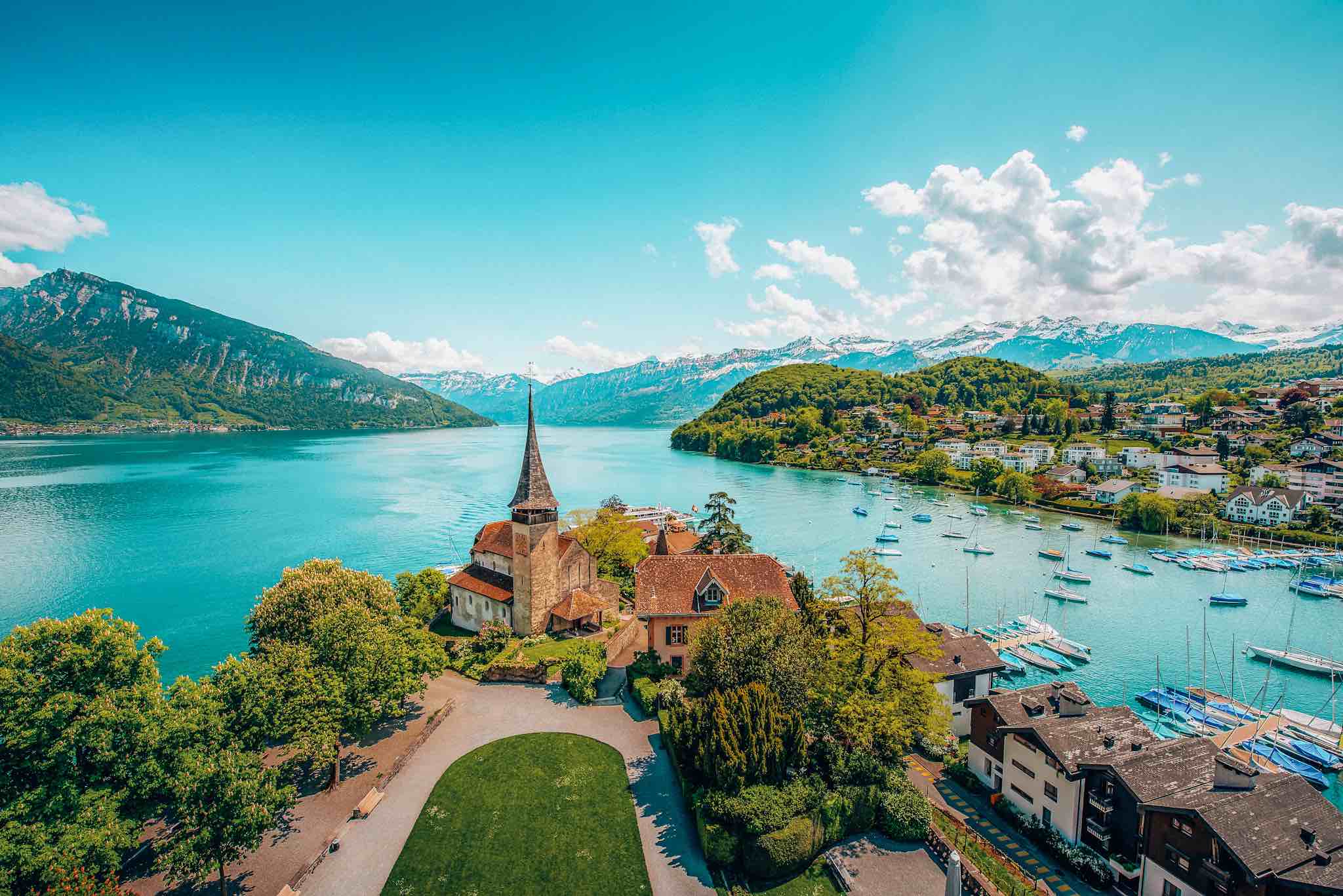 |
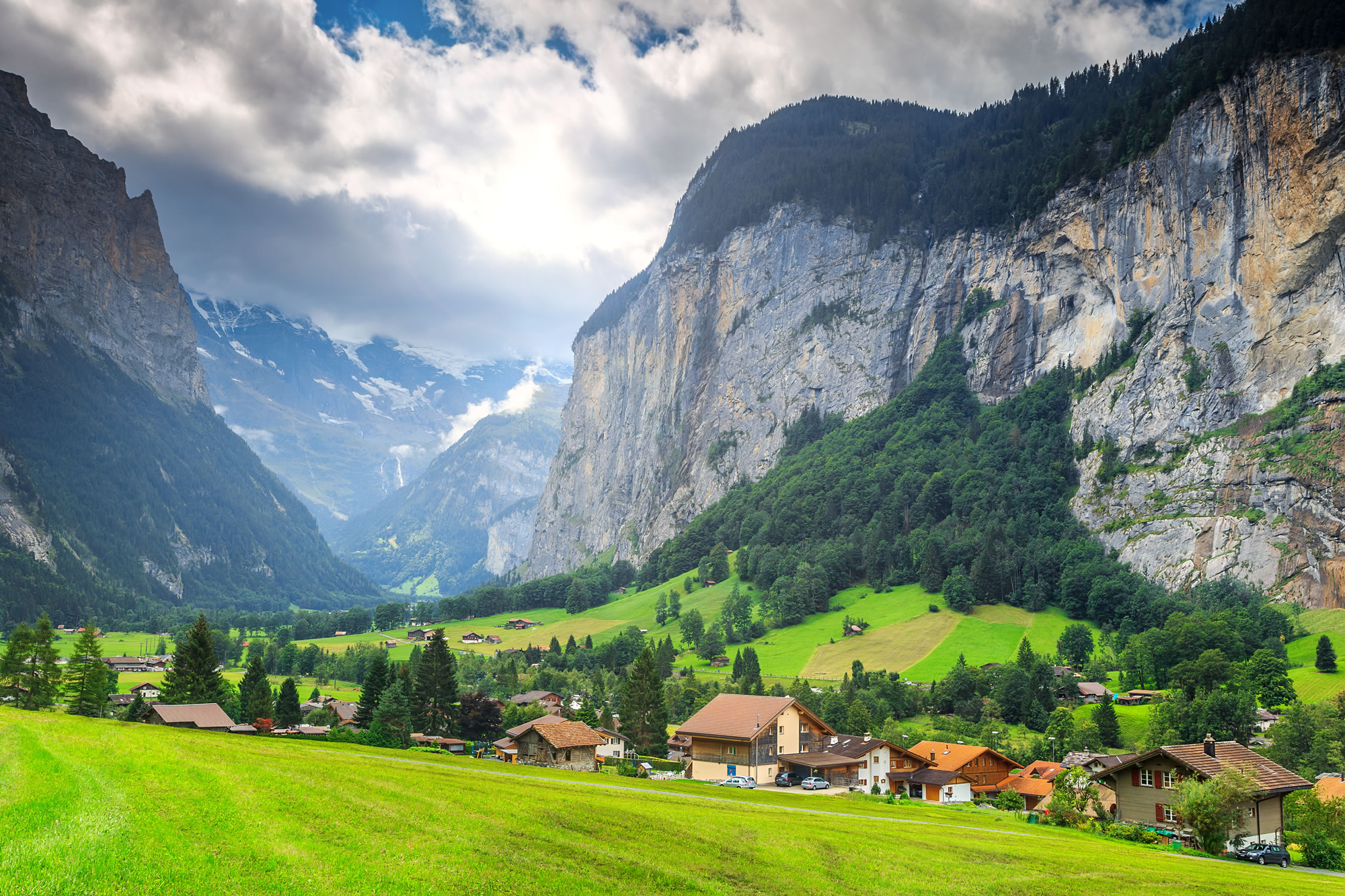 | 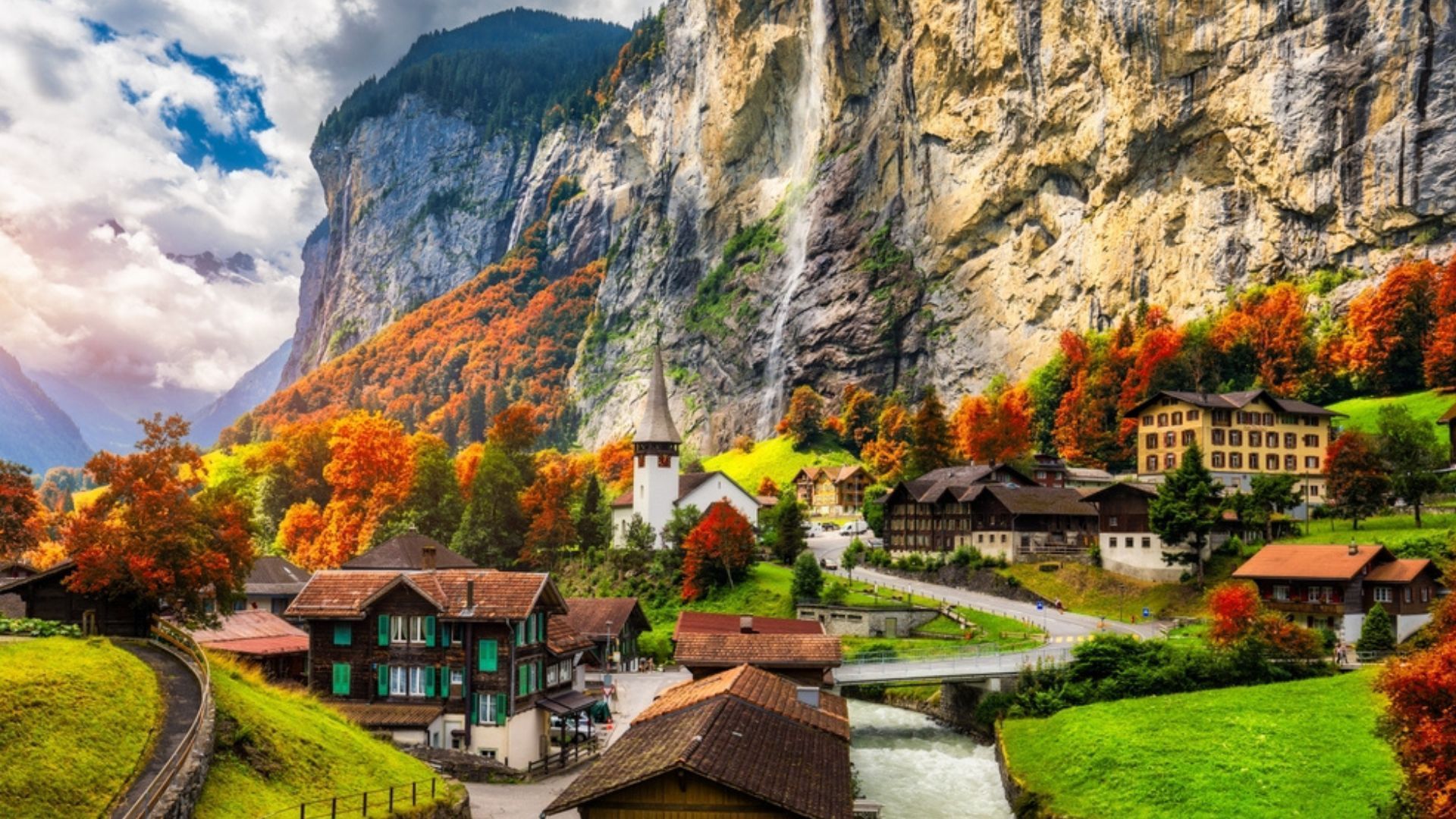 |
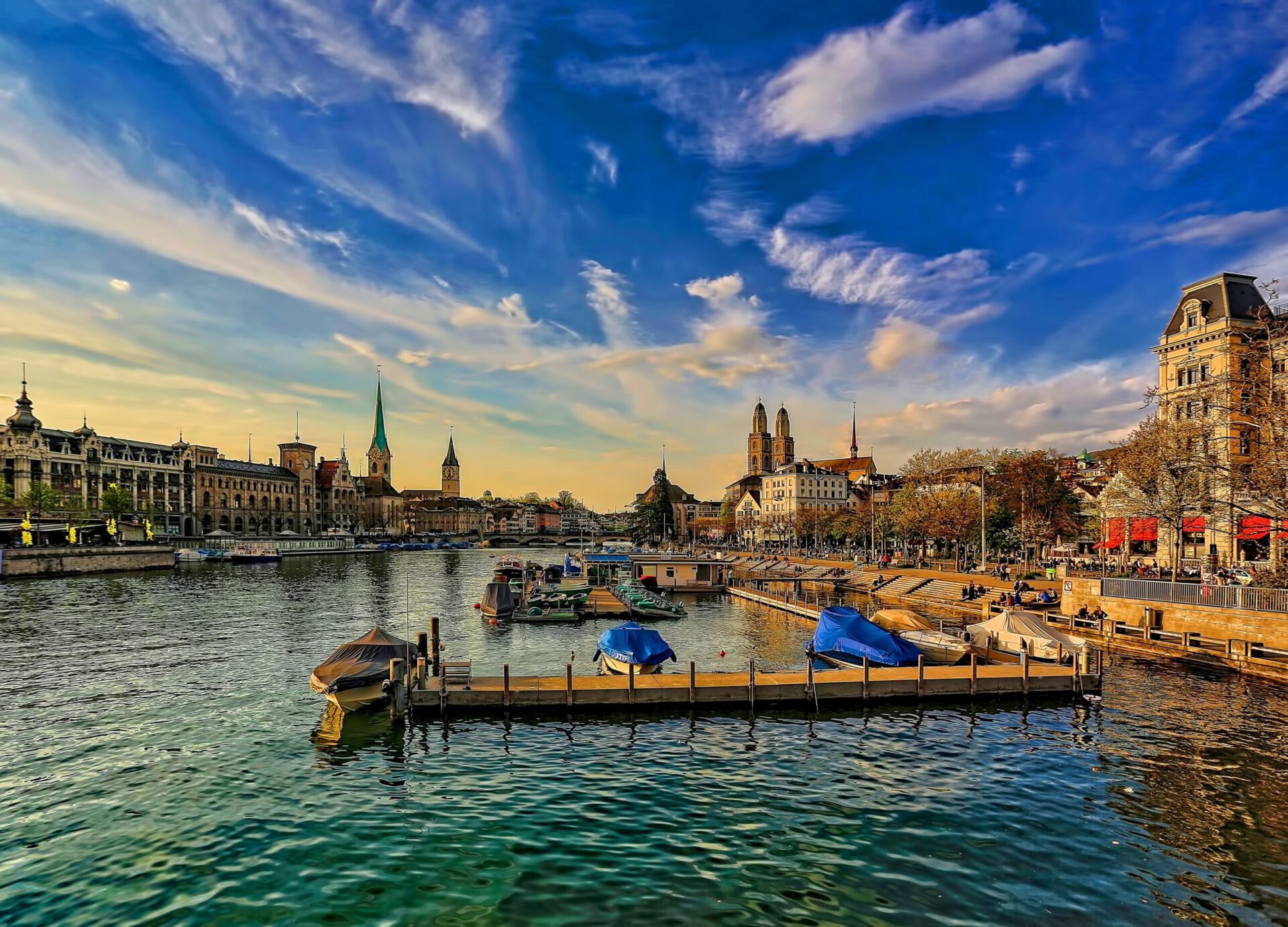 |  |
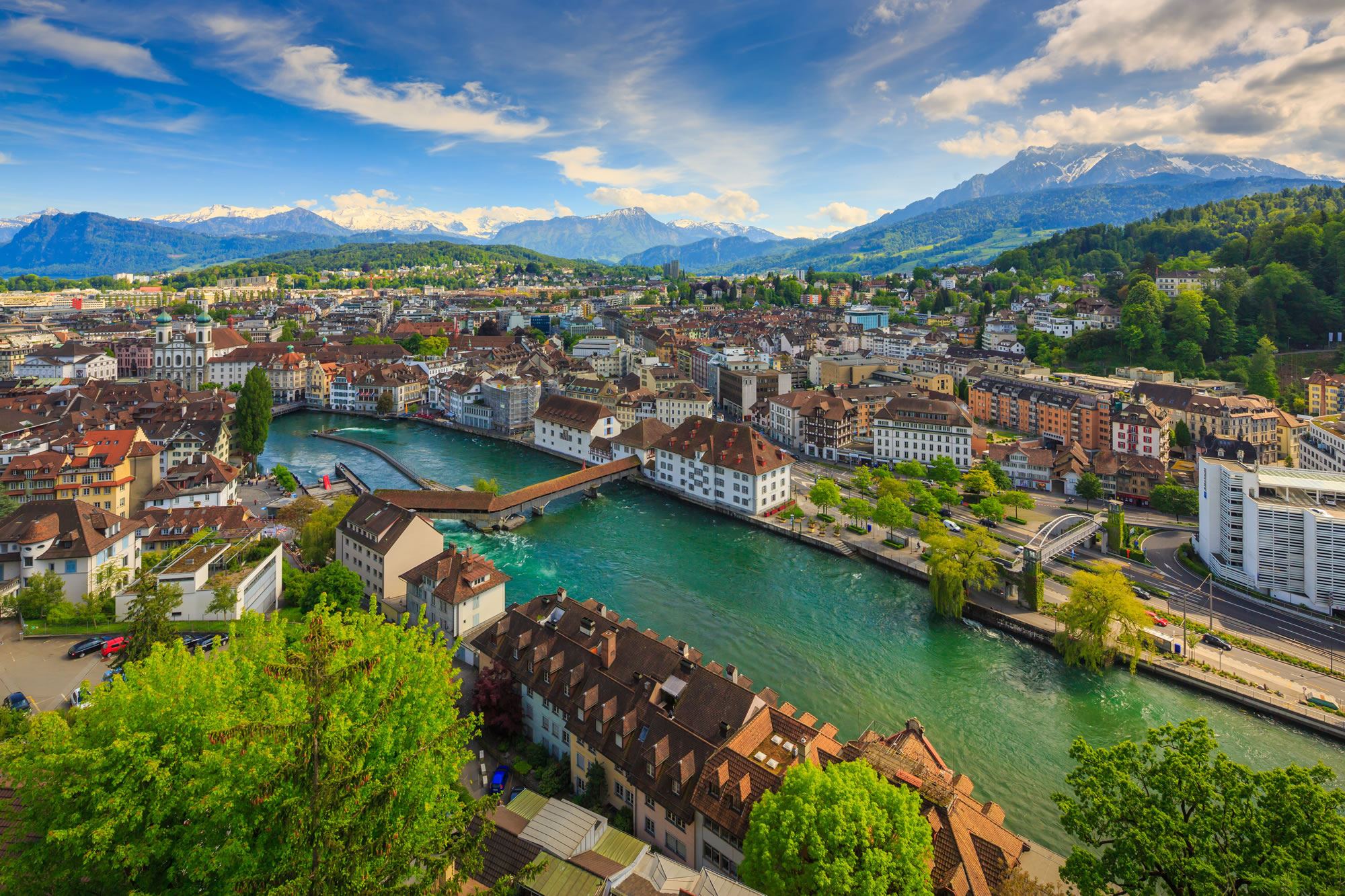 | 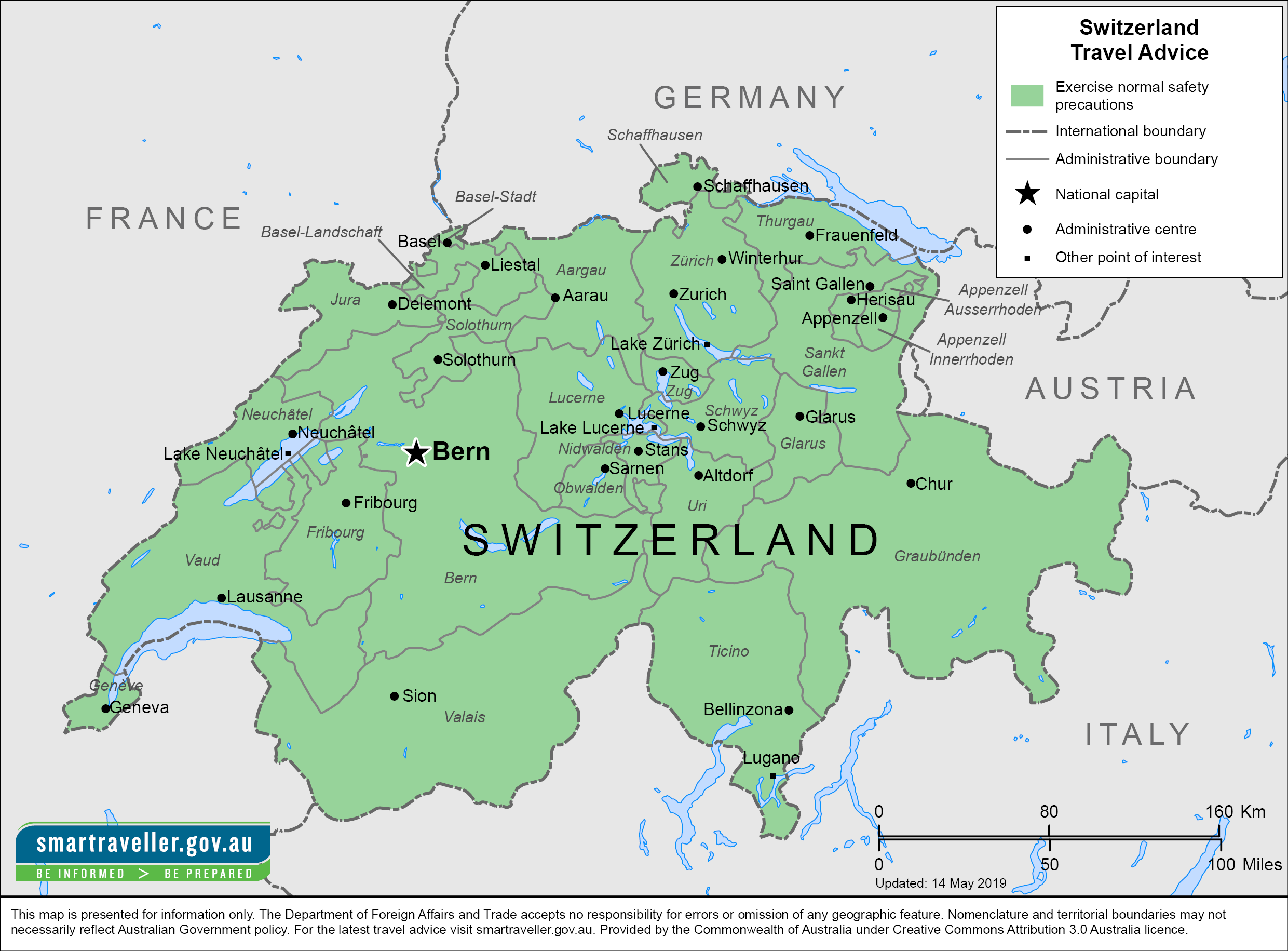 |
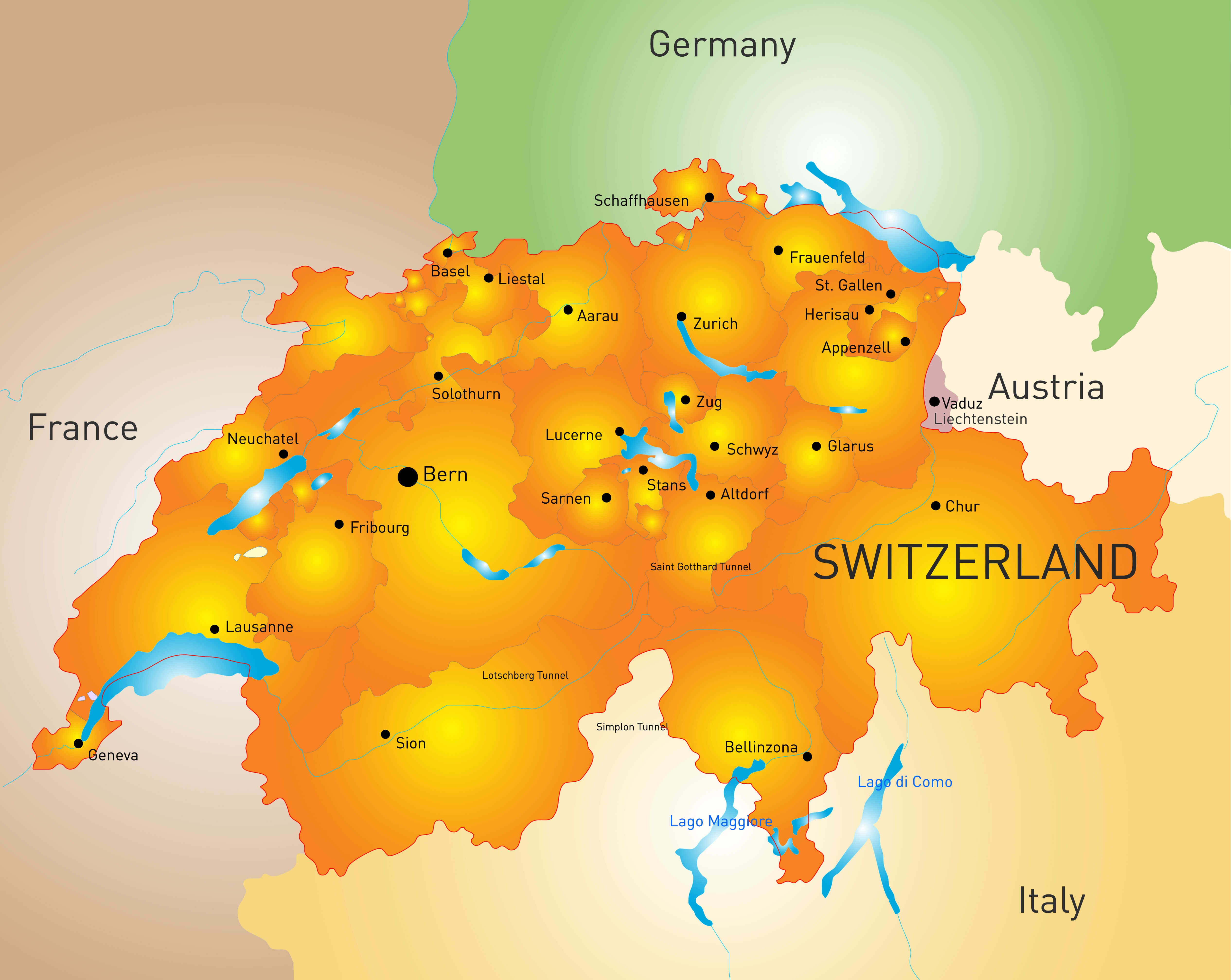 | 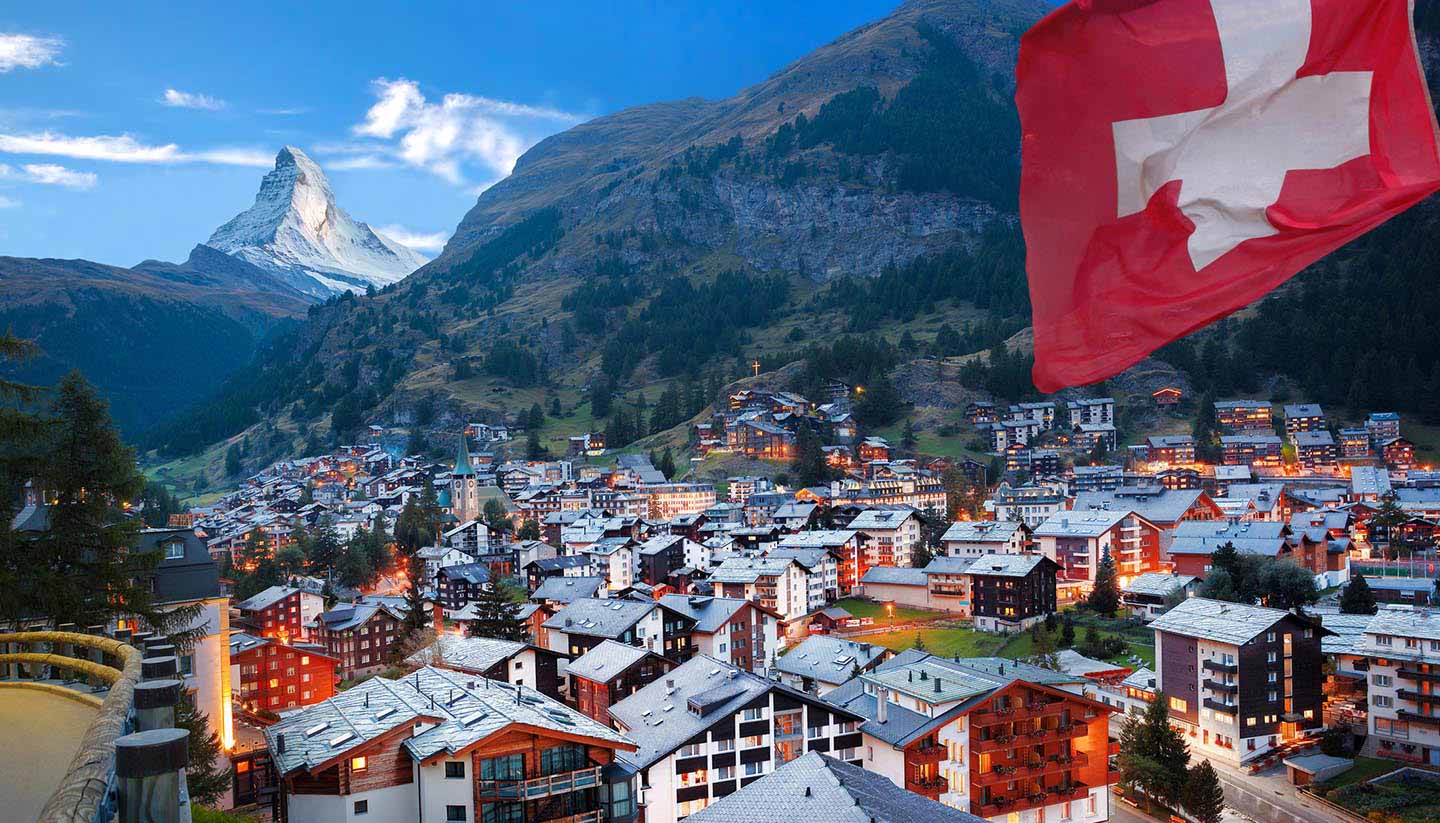 |
The Energy Perspectives 2050+ (EP 2050+) analyse in a net-zero emissions scenario (ZERO) how to develop an energy system that is compatible with the long-term climate goal of net-zero greenhouse gas emissions by 2050 and, at the same time, ensures a secure energy supply. Energy Strategy 2050 The approved “Energy Strategy 2050” reflects the government’s view on how to further develop Switzerland’s efforts concerning energy efficiency, as well as encouraging the development of different renewable energies such as : hydro-power, sun, wind, geothermal and biomass. The country is doing so through its Energy Strategy 2050. It has three pillars: improving the energy efficiency of buildings, machinery and means of transport; increasing the share of renewable energies; and phasing out nuclear energy. The SwissEnergy programme, launched in 2001, helps to achieve the goals of Swiss energy policy. The process of monitoring Energy Strategy 2050 traces the trend in per capita energy and electricity consumption in Switzerland, plus the increase in the production of electricity from hydropower plants. It also observes network development, supply security, expenditure and tariffs, energy-related CO2 emissions, research and technology and the international environment. Overview Under Switzerland’s Energy Strategy 2050, the county aims to achieve net zero carbon emissions by 2050. To achieve this, Switzerland will require large-scale investments in renewable energy and clean technologies. The country intends to nearly triple output from non-hydro renewable sources such as wind and solar by 2035. The Paris Agreement calls on countries to develop a long-term climate strategy. Switzerland’s strategy shows how it can attain the goal of net zero greenhouse gas emissions by 2050. The Swiss Energy Strategy 2050, that was accepted in 2017 through public referendum, targets a reduction in per capita final energy and electricity consumptions of 43% and 13%, respectively, by 2035 from 2000 levels (BFE, 2017; IEA, 2018). INTRODUCTION With Energy Strategy 2050, Switzerland is imple-menting the transformation of its energy system. The objectives of the energy strategy are to facilitate the gradual phasing out of nuclear energy, promote en-ergy eficiency, increase the share of renewable en-ergy and reduce energy-related CO2 emissions, with-out endangering Switzerland’s currently high level of supply security Energy Strategy 2050 is an initiative by the Swiss government aimed at transitioning to renewable energy, phasing out nuclear power, and enhancing energy efficiency. Energy Strategy 2050 The energy world is changing: with Energy Strategy 2050, Switzerland is addressing the new challenges. Five million rooftops in Switzerland – more than half of the nationwide total – are suitable for generating power. A review of two solar photovoltaic development strategies has shown that combining the two approaches could cause over two-thirds of Swiss towns and cities to become energy self-sufficient. The types of energy most used are petroleum products, electricity from hydroelectric and nuclear power plants, and natural gas. Renewable energies have been steadily gaining ground in recent years, especially solar power. With its Energy Strategy 2050, Switzerland aims to significantly reduce its energy-related environmental impact and its dependence on other countries. Switzerland’s commitment to carbon neutrality by 2050 is a transformational shift that will reshape the country’s economy, energy infrastructure, and business landscape. By focusing on renewable energy expansion, energy efficiency, and innovation, Switzerland is positioning itself as a global leader in sustainability. Swiss Energy Strategy 2050 The Swiss Energy Strategy for 2050 aims to reduce the country's dependency on fossil fuels, by developing renewable energy supply. The strategy has been revised in May 2017, and has identified the following major actions: reduce energy consumption, increase energy efficiency, promote renewables, Energy Strategy 2050 Today Switzerland has a secure and cost-efficient supply of energy. Economic and technological developments as well as political decisions at home and abroad are currently leading to fundamental changes in the energy markets. In order to prepare Switzerland for these, the Federal Council has developed the Energy Strategy 2050. In 2011, the Federal Council and Parliament decided that Switzerland is to withdraw from the use of nuclear energy. SWITZERLAND’S ENERGY STRATEGY 2050 Jean-Christophe Fueeg, Ambassador, Head International Energy Affairs, Swiss Federal Office of Energy Today Switzerland (still) has a secure and cost-efficient supply of energy. Economic and technological developments as well as political decisions at home and abroad are currently leading to fundamental changes in the energy markets. In order to prepare Switzerland for these, the Federal Council has developed the Energy Strategy 2050. The types of energy most used are petroleum products, electricity from hydroelectric and nuclear power plants, and natural gas. Renewable energies have been steadily gaining ground in recent years, especially solar power. With its Energy Strategy 2050, Switzerland aims to significantly reduce its energy-related environmental impact and its dependence on other countries. 2050 Energy Strategy In 2017, the Swiss public voted in favour of the revised Energy Act. This was the first step in implementing the 2050 Energy Strategy, which contains the following objectives: promote renewable energy in Switzerland; reduce dependency on fossil energy from abroad; reduce energy consumption; increase energy efficiency.
Articles and news, personal stories, interviews with experts.
Photos from events, contest for the best costume, videos from master classes.
 |  |
 |  |
 |  |
 |  |
 |  |
 |  |